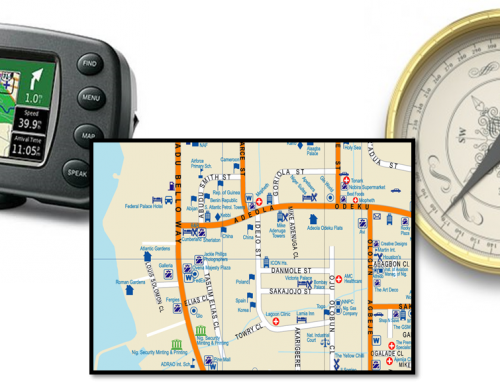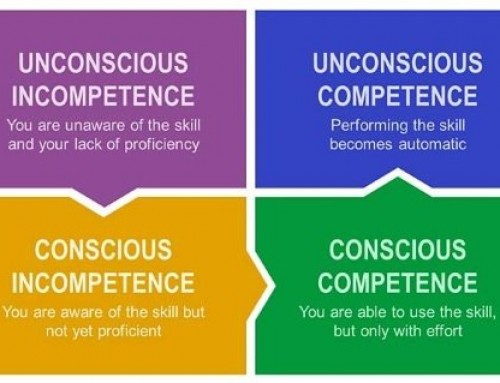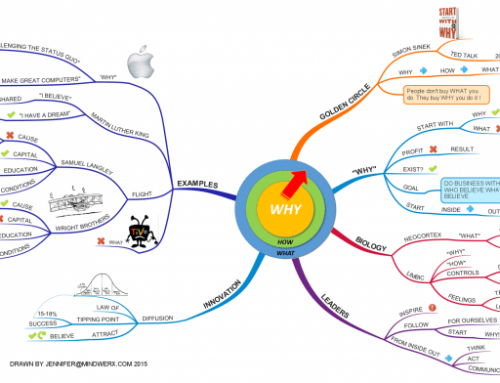Creativity & Innovation – Synergistic Collaborative Structures for Innovation
 Formal measurements for public service innovation are still underdeveloped, but the evidence from private industry is very compelling with respect to its benefits. At least 65 per cent of Australian economic growth over the last four decades is attributable to multifactor productivity, which in turn is a direct effect of innovation. So innovation, as intangible as it can sometimes seem, is a very real contributing factor to economic growth and progress.
Formal measurements for public service innovation are still underdeveloped, but the evidence from private industry is very compelling with respect to its benefits. At least 65 per cent of Australian economic growth over the last four decades is attributable to multifactor productivity, which in turn is a direct effect of innovation. So innovation, as intangible as it can sometimes seem, is a very real contributing factor to economic growth and progress.
Although often innovation seems to come from an individual, it’s important to emphasise that innovation doesn’t have to happen in a vacuum. Setting up collaborative relationships, or networking with other individuals or businesses to share or diffuse ideas are some of the ways in which we can apply a creative thinking and meet our innovation potential.
We can observe a trend towards more collaboration, synergistic networking and feedback processes in the Australian public service. Initiatives undertaken in the various states and territories point toward networking and integration of public service not just to pool resources for the purposes of efficiency, but to enhance service delivery is accessible by a single source of contact for the general public. Queensland’s A Fresh Approach Initiative as well as its Value for Money Framework were initiatives aimed at introducing a restructuring of services by collaborative networking and co-ordinated action across different organisational and service areas, and in the latter, by encouraging private-public partnerships.
Another example of public service innovation was the Toward Q2 strategy which restructured the Queensland public services into super-departments and clusters, resulting in coordinated service delivery and clear improvement in outcomes for the general public. New York City too has introduced a similar system for service delivery by provide a central agency for all service areas that not only logs and directs queries and complaints, but logs and tracks these queries. The Australian government’s Cooperative Research Centres Program (CRC) links public researchers with private industry to support R&D development and is aimed at breaking down structural barriers between groups to foster innovation over the long term.
For the individual working in groups these lessons mean creativity and creative thinking can be a team or organisational effort. We can gain new ideas by networking with others and work synergistically towards common goals. This may involve the pooling of resources as well as group brainstorming, or networking and working with people we had not previously considered. In the examples above we can observe a non-silo approach toward service delivery, resulting in both process and product innovation. We can also take these examples as lessons for breaking down bureaucratic and silo practices within our own lives, to activate creative thinking and the power of innovation.
In the next blog article we will look specifically at how the Australian public service has actively promoted creativity and innovation via idea management systems.







Leave A Comment
You must be logged in to post a comment.